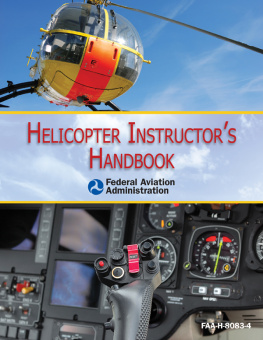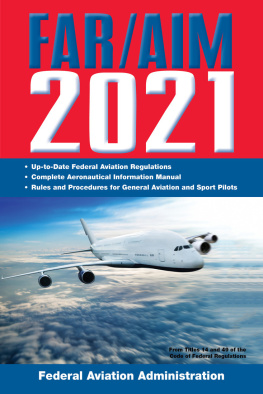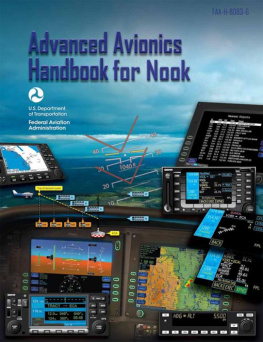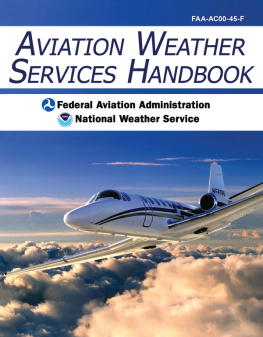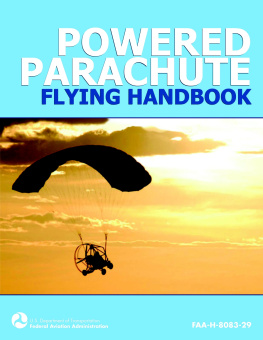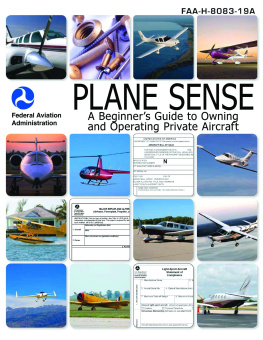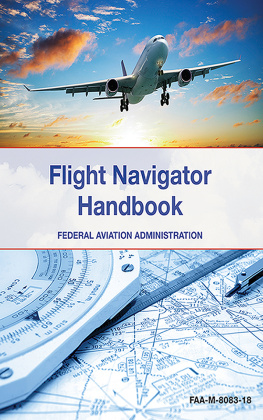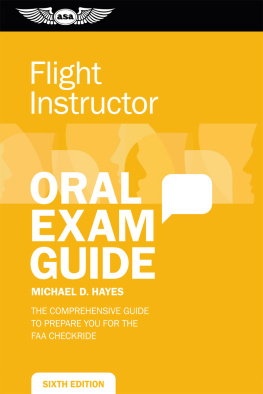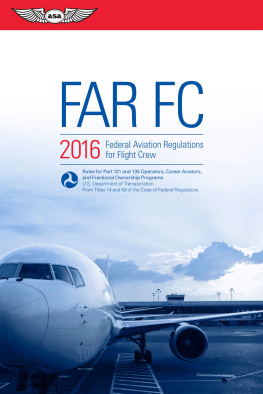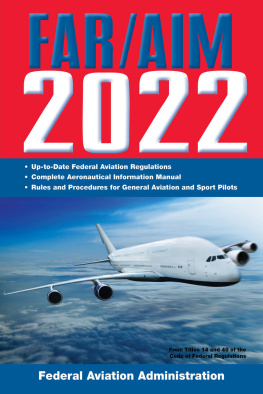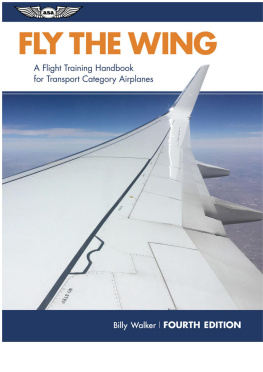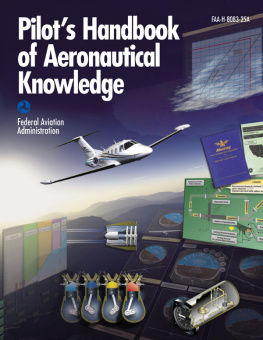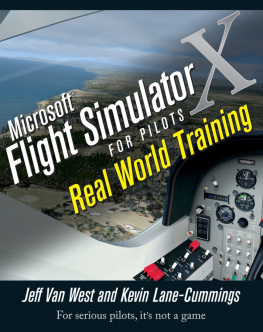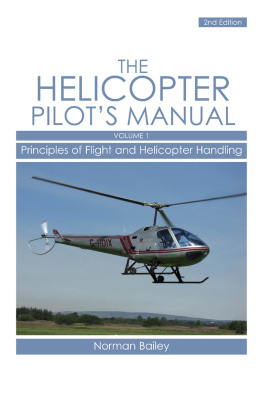Additional material copyright 2014 by Skyhorse Publishing, Inc.
No claim is made to material contained in this work that is derived from government documents. Nevertheless, Skyhorse Publishing claims copyright in all additional content, including, but not limited to, compilation copyright and the copyright in and to any additional material, elements, design, images, or layout of whatever kind included herein.
All inquiries should be addressed to Skyhorse Publishing, 307 West 36th Street, 11th Floor, New York, NY 10018.
Skyhorse Publishing books may be purchased in bulk at special discounts for sales promotion, corporate gifts, fund-raising, or educational purposes. Special editions can also be created to specifications. For details, contact the Special Sales Department, Skyhorse Publishing, 307 West 36th Street, 11th Floor, New York, NY 10018 or .
Skyhorse and Skyhorse Publishing are registered trademarks of Skyhorse Publishing, Inc., a Delaware corporation.
Visit our website at www.skyhorsepublishing.com.
10 9 8 7 6 5 4 3 2 1
Library of Congress Cataloging-in-Publication Data is available on file.
ISBN: 978-1-62873-775-2
eISBN: 978-1-62914-144-2
Printed in China
Preface
The Helicopter Instructors Handbook is designed as a technical manual for applicants who are preparing for their flight instructor pilot certificate with a helicopter class rating. This handbook contains detailed coverage of aerodynamics, flight controls, systems, performance, flight maneuvers, emergencies, and aeronautical decision-making. Topics such as weather, navigation, radio navigation and communications, use of flight information publications, and regulations are available in other Federal Aviation Administration (FAA) publications.
This handbook conforms to flight instructor pilot training and certification concepts established by the FAA. There are different ways of teaching, as well as performing flight procedures and maneuvers, and many variations in the explanations of aerodynamic theories and principles. Occasionally the word must or similar language is used where the desired action is deemed critical. The use of such language is not intended to add to, interpret, or relieve a duty imposed by Title 14 of the Code of Federal Regulations (14 CFR).
This handbook is available for download, in PDF format, from www.faa.gov.
This handbook is published by the United States Department of Transportation, Federal Aviation Administration, Airman Testing Standards Branch, AFS-630, P.O. Box 25082, Oklahoma City, OK 73125.
Comments regarding this publication should be sent, in email form, to the following address:
Acknowledgments
The Helicopter Instructors Handbook was produced by the Federal Aviation Administration (FAA) with the assistance of Safety Research Corporation of America (SRCA). The FAA wishes to acknowledge the following contributors:
NZ Civil Aviation Authority for image of safety procedures for approaching a helicopter ()
David Park (
Paul Whetstone (
Burkhard Domke (
Bishop Equipment Mfg. Inc (
Terry Simpkins of FLYIT Simulators (
Additional appreciation is extended to W.A. (Dub) Blessing, HAI Outstanding CFI award 1985; Donovan L. Harvey (1928 to 2000), HAI Outstanding CFI award 1987; Neil Jones, CFI; Chin Tu, CFI; the Helicopter Association International (HAI), Aircraft Owners and Pilots Association (AOPA), and the AOPA Air Safety Foundation for their technical support and input.
Table of Contents
Chapter 1
Introduction to Flight Training
Chapter 2
Introduction to the Helicopter
Chapter 3
Aerodynamics of Flight
Chapter 4
Helicopter Flight Controls
Chapter 5
Helicopter Components, Sections, and Systems
Chapter 6
Rotorcraft Flight Manual
Chapter 7
Weight and Balance
Chapter 8
Helicopter Performance
Chapter 9
Preflight and Postflight Procedures
Chapter 10
Basic Flight Maneuvers
Chapter 11
Advanced Flight Maneuvers
Chapter 12
Helicopter Emergencies
Chapter 13
Attitude Instrument Flying
Chapter 14
Night Operations
Chapter 15
Helicopter Operations
Chapter 16
Practical Examination and Preparation for Flight Review
Chapter 17
Single-Pilot Resource Management, Aeronautical Decision-Making, and Risk Management
Chapter 1
Introduction to Flight Training
Purpose of Flight Training
It is the helicopter instructors responsibility to discuss the overall purpose of flight training with the student. Explain that the goal of flight training is the acquisition and honing of basic airmanship skills that provide the student with:
An understanding of the principles of flight.
The ability to safely operate a helicopter with competence and precision both on the ground and in the air.
The knowledge required to exercise sound judgment when making decisions affecting operational safety and efficiency.

Ensure the student understands that a helicopter operates in a three-dimensional environment and requires specific skills to control the aircraft:
Coordinationthe ability to use the hands and feet together subconsciously and in the proper relationship to produce desired results in the helicopter control.
Control touchto develop the ability to sense and evaluate the varying pressures and resistance of the control surfaces and/or the instructors input transmitted through the cockpit flight controls and apply inputs in response to those pressures.
Timingthe application of muscular coordination at the proper instant to make maneuvering flight a constant smooth process.
Mental comprehension of aerodynamic state, power required versus power available, and hazards present.
Keep in mind that an accomplished pilot demonstrates the ability to assess a situation quickly and accurately and to determine the correct procedure to be followed under the circumstance; to analyze accurately the probable results of a given set of circumstances or of a proposed procedure; to exercise care and due regard for safety; to gauge accurately the performance of the aircraft; and to recognize personal limitations and limitations of the aircraft and avoid approaching the critical points of each. The development of airmanship skills requires effort and dedication on the part of both the student and the flight instructor. It begins with the first training flight when the instructor encourages proper habit formation by introducing and modeling safe operating practices.
While every aircraft has its own particular flight characteristics, the purpose of primary and intermediate flight training is not to learn how to fly a particular make and model of helicopter; it is to develop skills and safe habits that are transferable to any helicopter. [] Basic airmanship skills serve as a firm foundation for this. Acquiring necessary airmanship skills during training and demonstrating these skills by flying with precision and safe flying habits allows the pilot to transition easily to more complex helicopters. Remember, the goal of flight training is to become a safe and competent pilot, and that passing required tests for pilot certification is only the first step toward this goal.
Practical Flight Instructor Strategies
As discussed in of the Aviation Instructor Handbook, certificated flight instructors (CFIs) should remember they are a role model for the student. The flight instructor should demonstrate good aviation air sense and practices at all times.

